|
Yes, I have written several stories about wines in a can. It seems that many wine producers are jumping on board with this concept. And, I must admit I have sampled some very good wines in non-glass, all aluminum containers. They are lightweight, convenient to pack in picnic baskets, take to outdoor concerts and serve at barbeques and pool parties. Recently delivered to me were samples of Butternut Chardonnay and Rosé in a can. BNA Wine Group produces Butternut Wines. The company is headquartered in Nashville, Tennessee with a presence and partnerships in Napa Valley, CA. BNA Wine Group, founded in 2011, is comprised of three creative men each bringing their own unique talent to the table. They are fourth generation wine distributor John Hooper, second-generation winemaker Tony Leonardi and industry veteran Gary Carr. Their mantra is “discover the right vineyards, retain the natural characters in the grape, coax the best wine into the bottle and then offer the resulting wine at a great value.” I asked what BNA stands for, as it clearly has nothing to do with the names of the trio. BNA is the airport code for Nashville where all three made their connection…no pun intended! All the grapes for Butternut wines are sourced and produced in CA. The grapes are picked in September and early October contingent upon vineyard location and vintage and then immediately brought to the winery for production. I asked Tony to elaborate a bit on the wine production. He said, “Once primary fermentation is complete, or close to being complete, we then inoculate the wine with malolactic cultures. All of our Chardonnays go through 100% malolactic fermentation, but to balance the wine out we also like nice, crisp acidity. Our wine in bottles get 100% new French oak but the canned wines get just a small amount of oak. There is a lot less oxygen in the cans to help interact with the oak undertones. In the cans, oak seems to control aromas and flavors and blocks the freshness of the Chardonnay. We use minimal amounts of sulfur and try to keep the wines as varietally correct as possible.” Butternut Chardonnay is 100% Chardonnay with grapes sourced from California. The color of the wine is pale yellow with lovely aromas of floral, citrus, peach and Honeycrisp apples that segue onto the palate with hints of melon and a creamy mouthfeel. It is nicely balanced with acidity showing through. Alcohol: 13.9% SRP: $6.99 for a 375ml can Butternut Rosé is a blend of 50% Tempranillo and 50% Syrah. Grapes are sourced from the Central Coast of California. The color is dark salmon, bordering on orange. Aromas of floral, honeydew and citrus are subtle and the palate explodes with flavors of raspberry, tangerine, strawberry, red ruby grapefruit and crisp acidity. It is quite refreshing! Alcohol: 11.9% SRP: $6.99 for a 375ml can Butternut wines offer several varietals sourced from vineyards throughout California. Chardonnay, Rosé, and Pinot Noir are available in the can or by the bottle. BNA’s other brand, Humble Pie, offers Cabernet Sauvignon by the bottle only.
These wines are definitely worth checking out! Until next time… Cheers! Penina To leave a comment or if you have an inquiry, please contact me at [email protected] It is oppressively hot and the added thunderstorms and relentless humidity have “dampened” many spirits of late. So, I invited a few friends over for some chilled wine and appetizers to lighten the mood. My refrigerator is stocked with whites and rosés, but everyone was leaning towards the Chardonnays from South America. Argentina and Chile are in the Southern Hemisphere, so their seasons are at opposite times of the year from the Northern Hemisphere. In fact, they are in full winter mode right now! Perhaps my guests were hoping to imbibe a touch of winter whilst sipping the wine. These wines are oaked and un-oaked Chardonnays offering different flavors and regional characteristics. Marques Casa Concha Chardonnay 2016 is 100% Chardonnay made from grapes harvested in the Quebrada Seca Vineyard, D.O. Limari, Limari Valley in Chile. Fermentation took place in oak vats and then the wine was aged in French oak barrels for 12 months. The color is golden yellow with rich aromas of pear, baked apple, hints of flint and a touch of lemon. The palate offers a creamy texture with layers of pear, pineapple, minerality and flavors of vanilla and toast from the oak aging. This is a full-bodied, crisp wine with a long finish. Alcohol: 14.5% SRP: $22 For more information about Concha y Toro and their wines, please select and click from the menu at right. Domaine Bousquet Chardonnay 2018 is 100% certified Organic Chardonnay. The grapes are harvested in Tupungato, Alto Gualtallary at the foothills of the Andes in Argentina. This is an un-oaked Chardonnay that was fermented in stainless steel tanks and then aged for 4 months in the bottle. The color is golden yellow with aromas of white flowers, melon, pineapple and hints of citrus. The palate offers pear, melon, tart green apple and a hint of vanilla and zest on the finish. This is a refreshing wine with lively acidity. Alcohol: 13% SRP: $13 For more information about Domaine Bousquet and their wines, please select and click from the menu at right. Both Chardonnays are great to serve as aperitifs or pair with light salads, seafood, light pasta, or fruit and cheese.
It is hard to believe that summer is more than halfway over. Let’s make the most of it before winter is upon us! Until next time… Cheers! Penina To leave a comment or if you have an inquiry, please contact me at [email protected] Once upon a time, I met a successful NYC restaurateur who introduced me to wines that I had only heard of or read about. He opened up a whole new world for me to explore. And thus began my education and love affair with wine. I went on to marry the restaurateur and we continued exploring and tasting wine together. Alas, the marriage eventually ended after juggling three restaurants, a cabaret club and recording studio, but our shared passion for wine has never wavered. Recently, I received a gift of several boxes of vintage wine from the restaurateur who is in the process of cleaning out his cellar. I have tucked away this precious cargo, but every now and then I will be opening and sharing these wines with my friends. I’m sure that not all of the wines have survived through the years even though they were kept in a cool environment. As I open each bottle, I will post my findings here. So, let’s start with Domaine Fontaine-Gagnard 1998 Bâtard-Montrachet Grand cru. Domaine Fontaine-Gagnard is located in the village of Chassagne-Montrachet in the heart of Burgundy, France. Laurence, the daughter of Jacques & Marie-Joseph Gagnard and Richard, whose families have worked the vines going back several centuries, founded the domaine in 1985. Bâtard-Montrachet is one of five Montrachet Grand Cru vineyards that lie between the villages of Puligny-Montrachet and Chassagne-Montrachet. With just under 28 acres, Bâtard-Montrachet is considered home to the world’s greatest white wines, specifically, Chardonnay. The soil is limestone based and is deep, rich and gravelly, contributing to an emphasis in the wine’s minerality, richness and elegance. I had misgivings about this bottle of Chardonnay, as the color appeared a little off inside the bottle. Another wine writer and I opened the bottle while dining out. The color of the wine discouraged me, but my friend was not deterred. After a few swirls, then smelling and tasting, I announced, “this is not Chardonnay as we know it.” For me, the bouquet and palate were more reminiscent of a mild Madeira wine. There were traces of dried fruit, toffee and vanilla. Yes, it was “drinkable”, but for me, not enjoyable. However, my friend found the wine to be interesting, even though it was well past peak. He said it was unctuous, had nice caramel notes and a good mouthfeel with depth. The owner of the restaurant where we were dining suggested opening a bottle of Louis Latour 1998 Bâtard-Montrachet Grand cru that he had stored in his wine cooler. Of course, we said yes! Louis Latour 1998 Bâtard-Montrachet Grand cru was a soft gold color with aromas of honey, soft citrus and subtle floral. The palate was subtle but flavorful, with hints of apple, dried fruit, honeysuckle and minerality. It was quite enjoyable and impressive for a twenty-year-old wine. And, it was fun to compare the 1998 vintages from the same vineyards, but different producers. As we neared the end of our meal, I tasted the Fontaine-Gagnard again. It had softened and was palatable. However, the Louis Latour was the winner, hands down!
I’m looking forward to opening more bottles from my new collection. And hopefully, there will be some real treats to savor. As I have no doubt that the “restaurateur” is reading this story, I want to say thank you, not only for the recent wine delivery but for also introducing me to wine and continuing to support and be a cheerleader for my wine, food and travel endeavors over the past few years. Until next time… Cheers! Penina To leave a comment or if you have an inquiry, please contact me at [email protected] A few weeks ago I wrote about the wine estate, Domaine Bousquet, located high up in the Gualtallary Valley of Tupungato, Argentina. These are noteworthy wines which incorporate French and Argentine techniques in the wine production. If you haven’t read the story yet, please do so at: Day 622 http://thewineknitter.com/1/post/2018/01/day-622-bonjour-argentina.html This will give you the history of the estate, a brief description of the climate and terroir and essentially bring you up to speed for the following story. Last week I had the pleasure of sitting down with Anne Bousquet for a delightful lunch and tasting of her estate’s wines. Let me start by saying that Anne is warm, down to earth and very passionate about her wines. Her enthusiasm and sense of adventure transcended itself around the table and throughout the tasting. Although she comes from several generations of winemakers, Anne’s career path originally led her in another direction. While in 1997 her father Jean was busy buying land in Gualtallary Valley for the purpose of producing organic wines and at the same time divesting all of his vineyards in Southwest France, Anne and her husband Labid al Ameri were living in Boston, pursuing their own dreams, Anne as an economist and Labid in finance. Both these skills would prove invaluable when they became the owners of Domaine Bousquet in 2011. All of Domaine Bousquet wines are made from 100% organic fruit and alway have been since Jean planted the first vines in 2000. Gualtallary has up to 7 different types of soil, but Domaine Bousquet is the only estate with sand as its primary soil. In fact, Jean bought the land for this very reason. To quote Anne, “Sandy soil makes elegant wines and that characteristic was very important to him as a Frenchman.” So, as I said in my last story, “with the benefits of cool climate, sandy soil, controlled water irrigation and healthy organic grapes, it certainly sets the stage for quality wines.” All the grapes at Domaine Bousquet are harvested manually and special attention is paid to preserving the purity of the organic fruit. We tasted five wines from the estate. Sparkling Rosé Brut N/V using the Charmat method (produced in tank). Grapes are 75% Pinot Noir and 25% Chardonnay. The color is salmon with inviting aromas of fresh red fruit, strawberry and peach that carry over to the palate. Fine bubbles, soft and foamy on the palate with a hint of citrus on the finish make this an easy wine to drink. Serve as an aperitif or with fish, light appetizers and simple pasta. Alcohol: 12% SRP: $13 Chardonnay 2017 is made with 100% Chardonnay and is un-oaked. This is an entry-level wine and part of the Premium Varietals series. The color is soft yellow with lovely aromas of citrus, fresh fruit and floral notes. The palate is softer in flavor than the nose has to offer, but the wine still delivers hints of tropical and stone fruit with good acidity. Perfect as an aperitif or with light fare. Alcohol: 13% SRP: $13 Gaia Red Blend 2015 is made with 50% Malbec, 45% Syrah and 5% Cabernet Sauvignon. The color is dark purple with heady aromas of anise, violet and dark berries. The palate offers silky tannins with dark fruit, dark cherry, hints of spice and white pepper on a long finish. This is a wine that will complement just about any dish from appetizers to dessert! Alcohol: 14.5% SRP: $20 Reserve Malbec 2016 is made with 85% Malbec, 5% Cabernet Sauvignon, 5% Merlot and 5% Syrah. The grapes are harvested from the estate’s best plots with low yields. Wine is aged in French oak barrels for 10 months. The color borders on deep red and plum with bold aromas of dark berries, spice and black plums. The palate offers soft fruit with layers of blackberry, raspberry, dark cherry and hints of chocolate and pepper. Beautifully balanced with silky tannins and a long finish. The aging potential is 5 to 6 years. Serve with meat, stews, cheese and dessert! Alcohol: 14% SRP: $18 Reserve Cabernet Sauvignon 2015 is made with 85% Cabernet Sauvignon and 15% Malbec. The grapes are harvested from the estate’s best plots with low yields. Wine is aged in French oak barrels for 10 months. The color is dark red bordering on purple with a mix of dark berry, spice and herbal aromas. The palate offers an abundance of juicy dark fruit, spice and hint of earth and cocoa on the finish. Full bodied with soft tannins. This wine will pair well with hearty entrees and aged cheese. Aging potential is 5 to 6 years. Alcohol: 14.4% SRP: $18 Anne and Labid are not only proponents of organic sustainability, but they have poured their hearts and souls into economic sustainability for the Tupungato community, helping to transform the economy. In addition to joining an alliance of local wineries to fund construction for a new road, Anne and Labid have also undertaken a project to train locals in wine growing and office work. Many of the locals were then hired and are now an integral part of Domaine Bousquet. Read more at www.domainebousquet.com
Anne and Labid and their 10-year-old daughter now live in Miami and travel to Tupungato for one week out of every month to walk the vineyards and spend time at the winery. Jean Bousquet is happily retired and content tending to his 99 acres in Gualtallary Valley and producing wine for himself! With two decades in business, a brand presence in over 50 countries and a quality to price ratio that is hard to beat, Anne summed it up in one sentence, “We just want to make high-quality wines that others can afford”. And they are doing just that! Cheers! Penina To leave a comment or if you have an inquiry, please contact me at [email protected] Sparkling wines are produced worldwide. And I have been fortunate to sample some excellent wines from unusual places. For instance, last year I received a few bottles of sparkling wine from England. I must admit that I was quite dubious about the source prior to tasting them. However, the wines were amazing! You can read my story at http://thewineknitter.com/1/post/2016/12/day-539-england.html When a few bottles of sparkling wine were delivered to me a few weeks ago from Tasmania, I knew that I was in for a treat. Tasmania is known for its fertile land and cool climate, which is conducive for growing grapes. And it has become a popular wine-growing region, spreading its good cheer globally. Tasmania is an island located 150 miles to the south of Australia’s mainland. Although it is separated by the Bass Strait, Tasmania is a part of Australia. The wine regions enjoy a maritime climate and are sheltered from rainfall and high winds by dolerite-capped mountains that dominate the Tasmanian landscape. With the absence of extreme temperatures, grapes are allowed to ripen slowly on the vine while maintaining natural acidity which in turn helps to give the wine freshness and balance. The soil on the lower slopes of the vineyards is a combination of ancient sandstone, mudstone, river sediment and igneous rocks of volcanic origin that contribute to very aromatic and heightened flavors in the wines. The most common grapes grown in Tasmania are Pinot Noir, Chardonnay, Sauvignon Blanc, Pinot Gris and Riesling. There are 1800 hectares under vine, 160 licensed wine producers and 230 individual vineyards. Australia’s finest sparkling wines come from Tasmania. And with ideal growing conditions for producing sparkling wine, it dares to challenge Champagne. House of Arras is led by Australia’s most awarded sparkling winemaker, Ed Carr. Out of 34 years in the wine industry, Carr has devoted 27 years to sparkling wine production. He believed that Tasmania had the potential for producing Australia’s best sparkling wine due to its fruit resources. And so, in 1995 the company made the decision to produce Tasmanian prestige cuvée. In 2002, the first vintage of the 1998 Arras was released, made from 100% Tasmanian fruit. Arras sources Pinot Noir and Chardonnay grapes from top vineyards in southern Tasmania and the southeast coast. The 2003 House of Arras EJ Carr Late Disgorged Sparkling is a beautiful blend of Pinot Noir and Chardonnay. It spent 12 years on lees and 28 months under cork. It was disgorged in June 2015 and is bottle 0384 of 2200. The color is vivid yellow with fine bubbles. The nose offers soft citrus, honey, bread dough and a hint of almond that opens up to a wine that is delicately elegant and full of richness on the palate. The texture is creamy with hints of brioche, citrus and honey. This is an exquisite and refined sparkling wine! Visit their website to find out how to order these delicious wines. http://houseofarras.com.au/ SRP $140 Alcohol: 12.5% 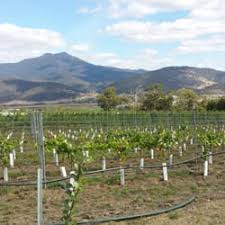 Image is courtesy of Stefano Lubiana Winery Image is courtesy of Stefano Lubiana Winery Stefano Lubiana Wines is led by Stefano (Steve) Lubiana, a fifth- generation winemaker. The family biodynamic vineyards, which were established in 1990, are located at the foothills of the Derwent River estuary and consist mainly of Pinot Noir and Chardonnay grapes. The first sparkling wines were produced in 1993. Stefano Lubiana NV Brut Reserve is a multi-vintage blend of Chardonnay and Pinot Noir made in the traditional method using a combination of oak and stainless steel during fermentation. The wine spends 22 months of aging on lees in the bottle that contribute to the depth and character of the wine. The color is straw yellow with fine bubbles and a smooth texture. Aromas of fresh citrus, floral and nuts segue onto the palate with toast, spice and a hint of lemon zest on the finish. This is a crisp and beautifully balanced wine. Use this link to order direct from the winery. https;//slw.com.au/ SRP: $38 Alcohol: 12.5% The sparkling wines of Tasmania are expressive and impressive! And since I don’t see a trip planned to Tasmania in my foreseeable future, I look forward to the day when Tasmania’s sparkling wines are available within driving distance of my house! Hurry up Tasmania…we’re waiting!
I’ve just returned from a whirlwind press trip to Birmingham, Alabama that was filled with adventure, history, excellent Southern cuisine and a whole lot more. I’m taking a quick break before sharing this amazing city with you in a four part series. Last evening with company coming and no time to shop, I took stock of what was available in my kitchen. I had a large spaghetti squash, fresh tomatoes from my garden and a few “salad” items to work with. I really need to go to the market today! I decided to make “squash pasta”. Using my slow cooker, I cooked the squash for about 5 hours. When done, I removed the seeds and scooped out the squash with a fork creating pasta strands. I served one dish with an arrabiata sauce and a sprinkle of Parmesan cheese and the other with extra virgin olive oil and pepper. They were both delicious! A tossed salad of tomatoes and romaine with a glass of wine rounded out the meal. The pour for the evening was a Concha Y Toro 2015 Marques de Casa Concha Chardonnay. 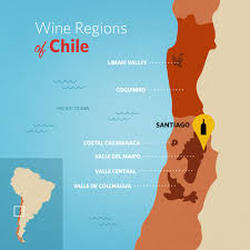 The grapes come from the Quebrada Seca vineyard in Northern Chile’s Limarí region which experiences a long growing season of almost 7 months. The grapes are handpicked and the wine is aged in new and used medium-toasted French Burgundian barrels for 11 to 12 months. This 100% Chardonnay is light yellow with lovely aromas of pear, hints of toasted nuts, yellow plums and melon. The palate is layered with pear, honeysuckle, a touch of lilies and a burst of lemon zest on a long finish. This is a full-bodied, crisp wine with loads of character. Alcohol: 14% SRP: $22 Surprisingly, the Chardonnay paired well with the piquant red sauce. The wine was refreshing and stood up to the spice. This is a versatile wine that will complement many dishes. If you would like to learn more about Concha Y Toro and Chile, please check out my past stories from the menu on the right. 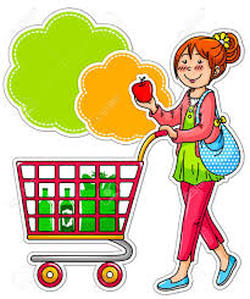 It’s time for me to go food shopping! Have a great day!  The rain and humidity finally disappeared last evening. So a few friends and I gathered for a sunset glass of wine and appetizers. Our host had a few bottles of perfectly chilled MacRostie Russian River Valley Chardonnay waiting for us. MacRostie Winery and Vineyards is located along the Sonoma Coast in the heart of the Russian River Valley in California. Founded in 1987 by Steve MacRostie, he and winemaker Heidi Bridenhagen are making extraordinary wines. In addition to Steve’s Wildcat Mountain Vineyard, he uses grapes farmed by some legendary winegrowers such as the Duttons, Sangiocomos and Martinellis. The winegrowing sites include more than 30 Chardonnay vineyards and over 15 Pinot Noir sites allowing for diversity and vibrancy in their wines. 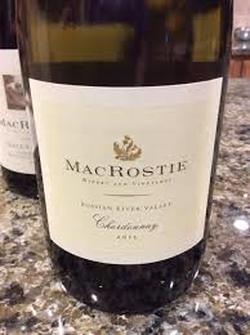 The 2015 Russian River Valley Chardonnay is a blend of grapes from some of the finest vineyards, including Kent Ritchie Vineyard, Martinelli Vineyard, Mirabelle Vineyard and Charles Heintz Vineyard. The wine is very aromatic with notes of flowers, citrus, tart apple and honeydew that spill onto the palate with hints of oak and melon that linger on. This is a crisp and well-defined Chardonnay and an elegant addition to any table. SRP: $34 And now I’m off to embrace this beautiful day!
Cheers! Penina To leave a comment or if you have an inquiry, please contact me at [email protected] It was a beautiful summer evening and I was off to a block party. Guess what I was responsible for bringing? Wine, of course! Since I had recently received two 1.5L bottles of Frontera Chardonnay and Frontera Cabernet-Merlot, it seemed like the perfect opportunity to taste and share them with my friends and neighbors. Frontera wines are made by Concha y Toro, world-renowned wine producers from Chile. Concha y Toro wines are no strangers to my blog and I have tasted and reviewed many of their brands. Their Frontera label is an entry–level line with a variety of wines that are nicely focused, easy to drink and have a definite appeal to the millennial crowd. However, the wines that I brought to the party were enjoyed by a wide range of generations! The Frontera 2016 Chardonnay is pale yellow with pleasant aromas of apple, pear and citrus. The palate offers apple, tropical fruit and hints of wood. It is light and refreshing. Alcohol: 13% SRP: $12 for 1.5L bottle The Frontera 2016 Cabernet-Merlot has a color that borders on purple. This is not a complex wine and it leans toward the fruity side. The nose offers dark berries, plum and vanilla that segue onto the palate. Soft tannins and a medium finish make this an easy wine to pair with foods. Alcohol: 12% SRP: $12 for 1.5L Check out this link for interesting cocktails and sangria to make with these wines. http://www.virtualcookingschool.com/tag/frontera/ Have a very Happy Wine Wednesday!
Cheers! Penina To leave a comment or if you have an inquiry, please contact me at [email protected] Spring has finally arrived! Warm weather and wearing sandals are always conducive to making me happy! And, it’s time to dust off the grill and move the party outside. I’ll be popping open more white and rosé wine now. However, as you might know, I never abandon red wine just because of warm weather! 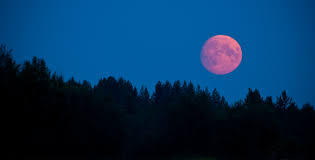 So, in honor of the pink full moon last night and the 75-degree temps, I opened my last bottle of 2014 Mockingbird Hill Chardonnay from Napa Valley. I reviewed this vintage in May 2016. This is a delightful wine with enticing aromas of citrus, melon, pear and hints of floral. As I reported last time “the palate revealed lush layers of honeysuckle, pineapple, and honey crisp apples with hints of oak and vanilla. The finish was long with a touch of creamsicle lingering. Nice acidity and very clean.” This is a wonderful wine to drink as an aperitif. It’s also good with cheese, fish and grilled veggies. http://www.mockingbirdhillwine.com 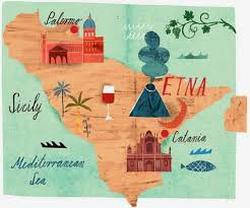 Over the next two weeks I will be posting infrequently due to a tight schedule and an upcoming press trip to Sicily! I will be back on my blog full-time at the beginning of May with lots of stories! In the meantime, you can follow me on Twitter, Instagram and Facebook to view daily photos and updates of my trip. The links are below: Twitter @peninablogger
Instagram @thewineknitter Facebook https://www.facebook.com/TheWineKnitter-1313377698713518/?ref=bookmarks Have a great Tuesday! Cheers! Penina To leave a comment or if you have an inquiry, please contact me at [email protected] As a rule, the last type of wine that one might reach for in single digit weather is a perfectly chilled Chardonnay. We tend to gravitate towards more “robust” wines in cold weather, myself included. However, rules don’t seem to apply anymore when it comes to wine. Old school thought was to serve only red wine with meat and hearty dishes during cool weather. And white wine was usually served with light fare and seafood upon the onset of the warm season. But as long as wine doesn’t clash with the food you are eating, then I say anything goes! 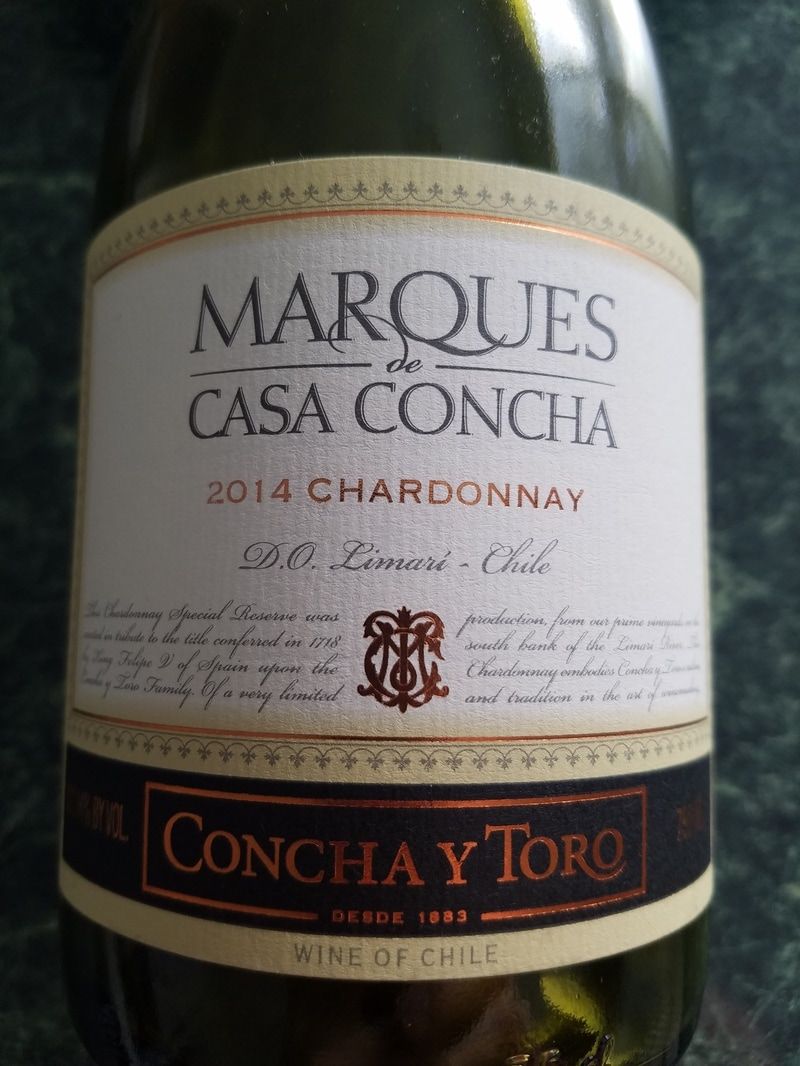 The other evening I opened a 2014 Marques de Casa Concha Chardonnay from Concha y Toro in Chile. As you might recall, I reviewed the 2014 Marques de Casa Concha Cabernet Sauvignon a few weeks ago. Marcelo Papa is the winemaker for Marques de Casa Concha as well as Casillero del Diablo. 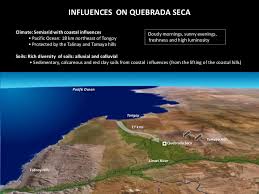 Photo courtesy of Concha y Toro Photo courtesy of Concha y Toro The Chardonnay grapes for this wine are handpicked from a single vineyard; the Quebrada Seca Vineyard is located about 12 miles from the Pacific Ocean on the north bank of the Limarí River. The clay and chalk soils give the Chardonnay expressive minerality while the limestone soil balances it with crisp acidity. The color is soft yellow with succulent fruity aromas of peach, pear and toasted oak. The palate offers a creamy texture of pear, apple, spice and oak. This is an amazing Chardonnay that has a long and impressive finish! I paired the wine with a vegetable risotto and sautéed shrimp. Although I may be more partial to reds during the winter months, I won’t hesitate to open a bottle of this Chardonnay again! Alcohol: 14% SRP: $25. Happy Tuesday!
Cheers! Penina |
Categories
All
|
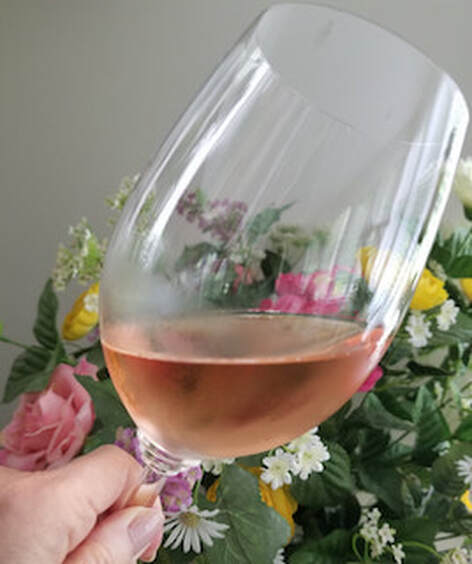
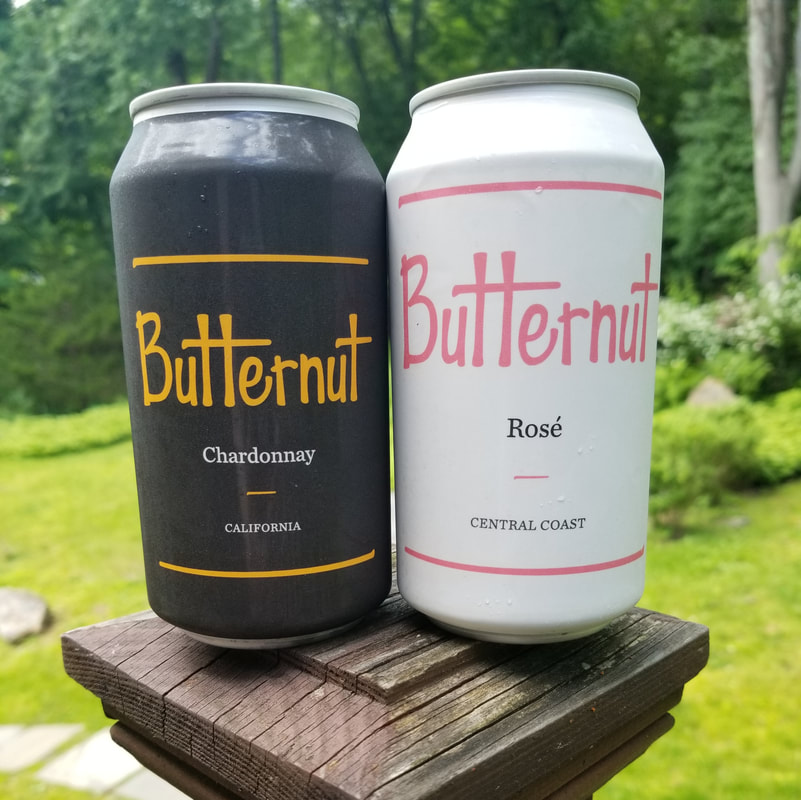

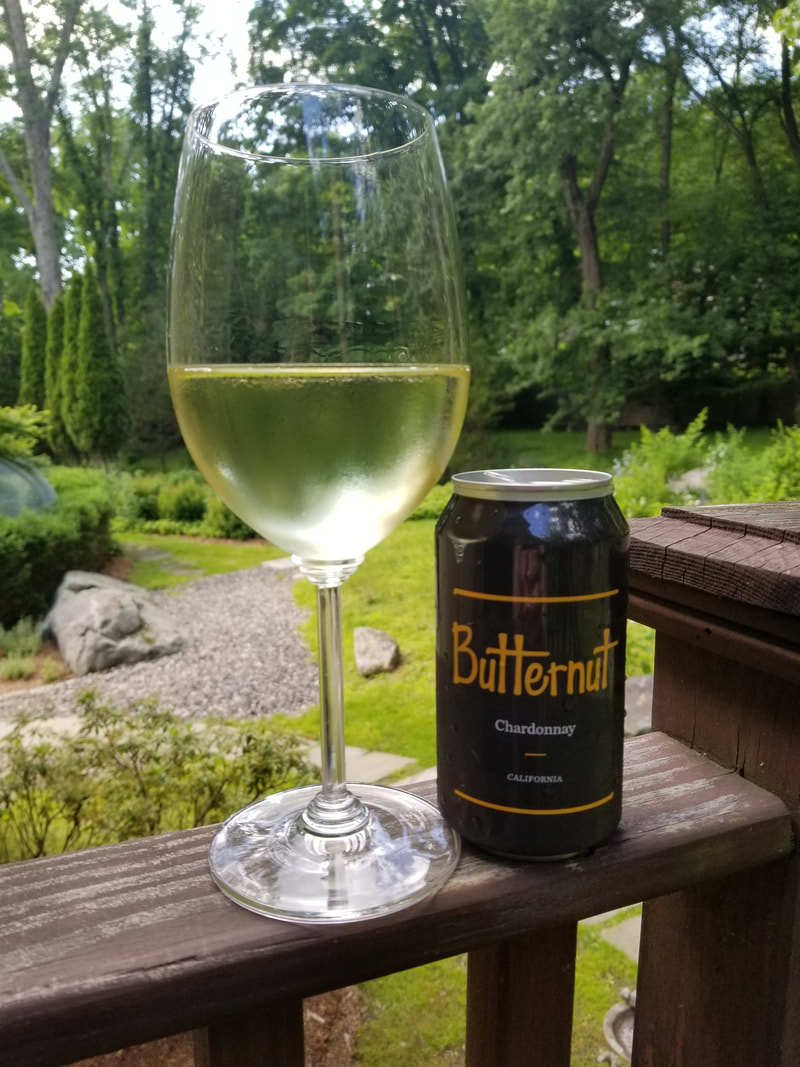
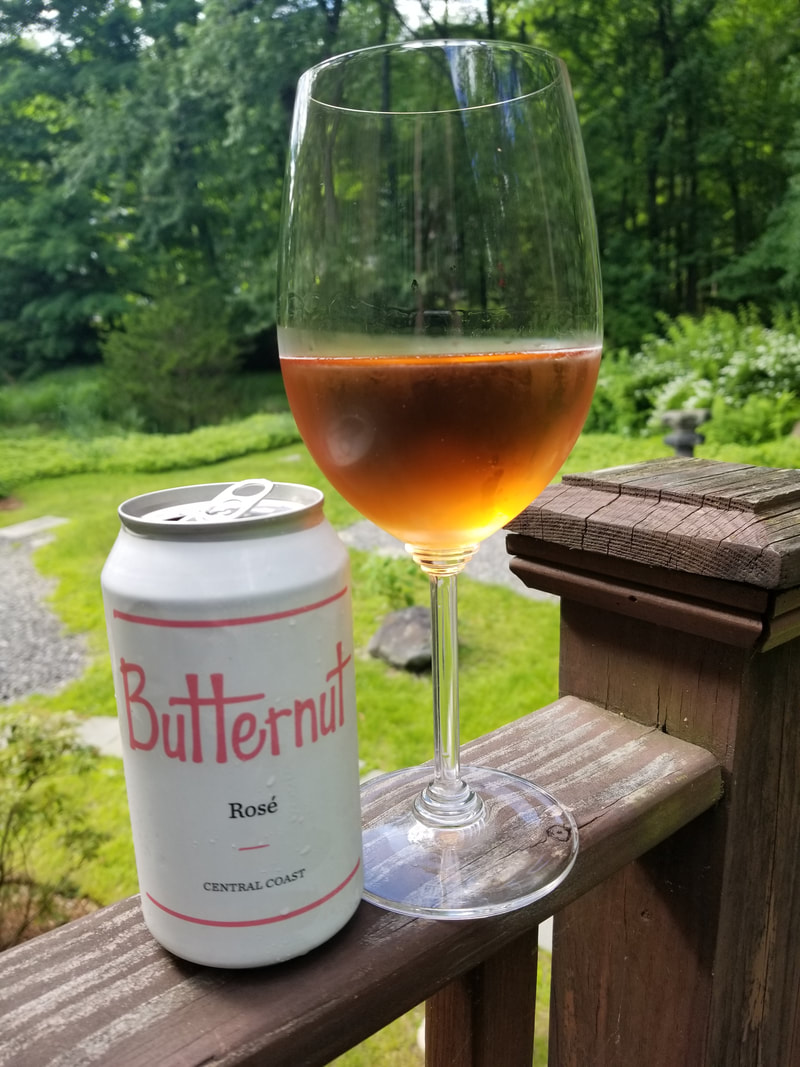
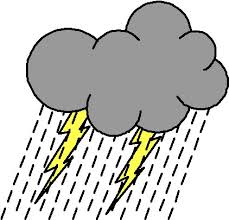
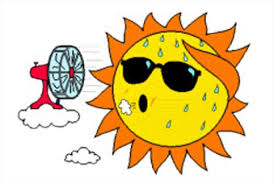

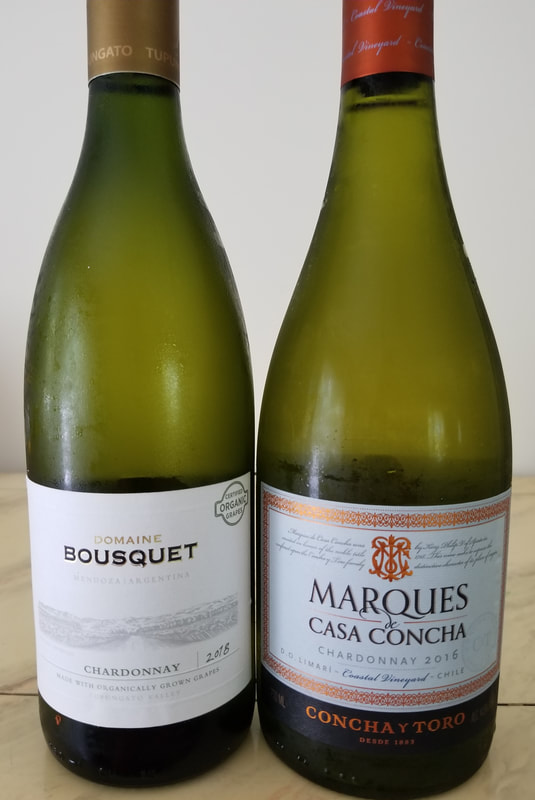
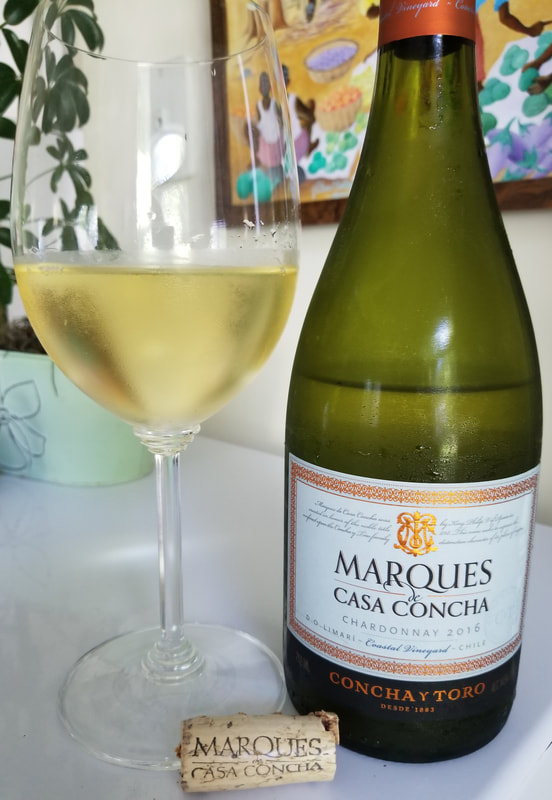

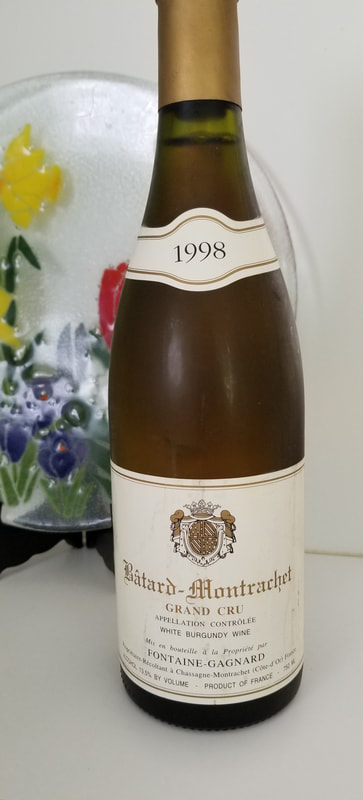
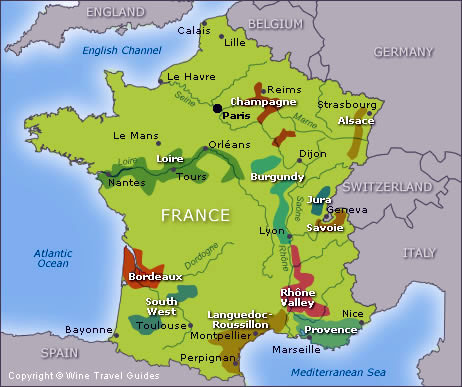
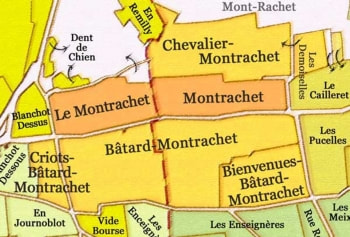
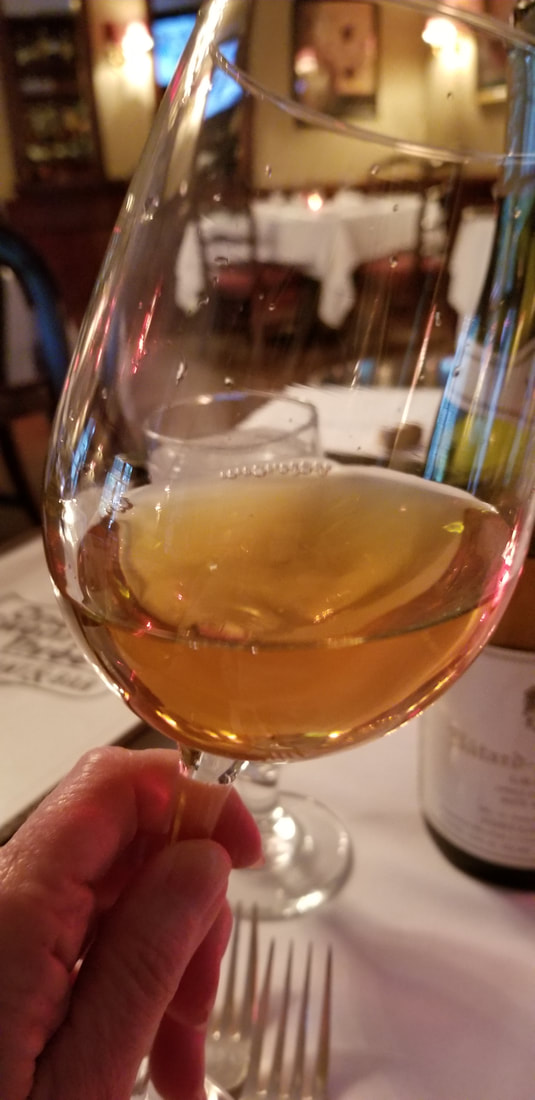
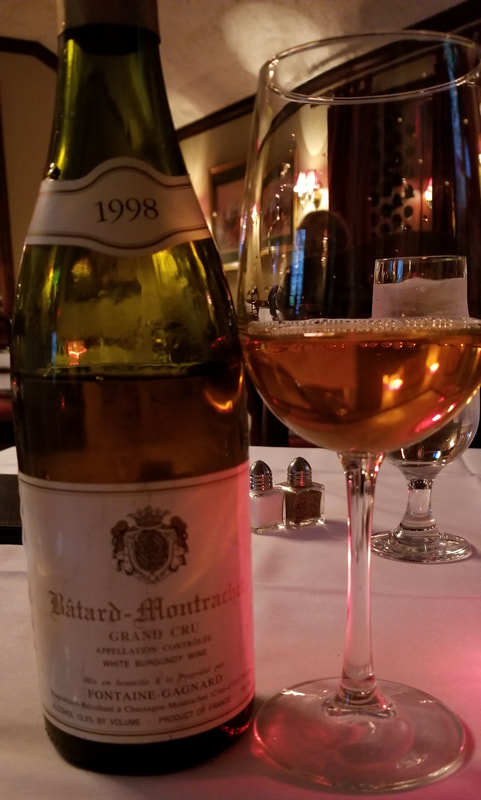
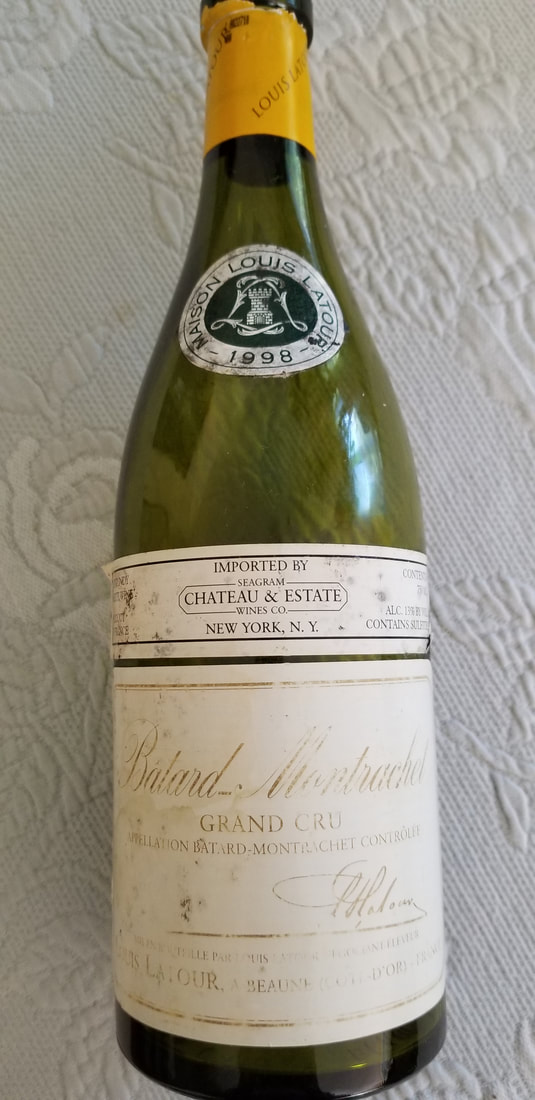
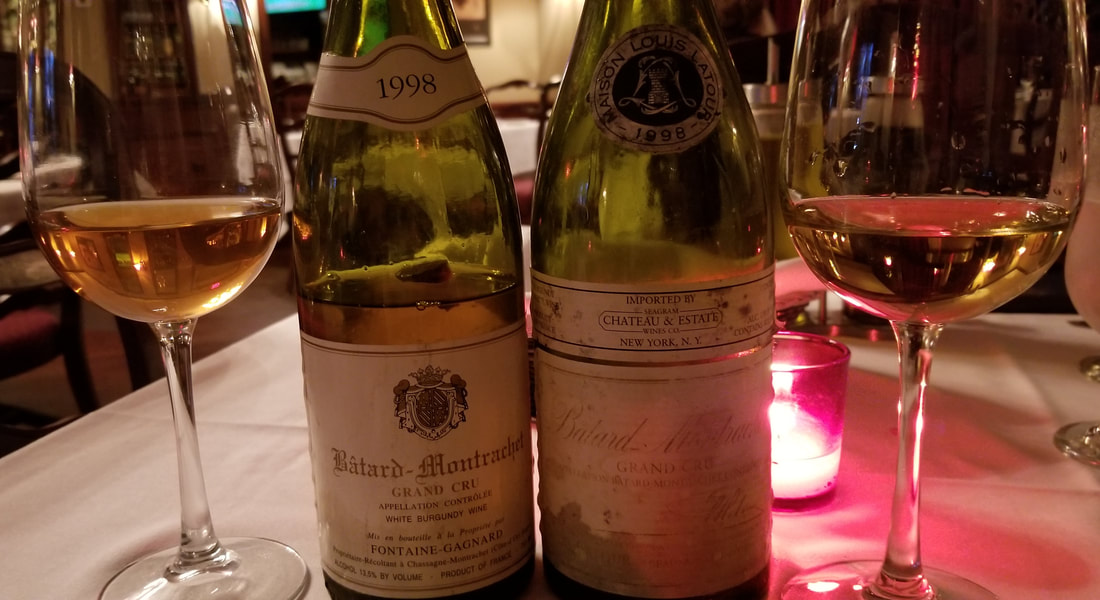
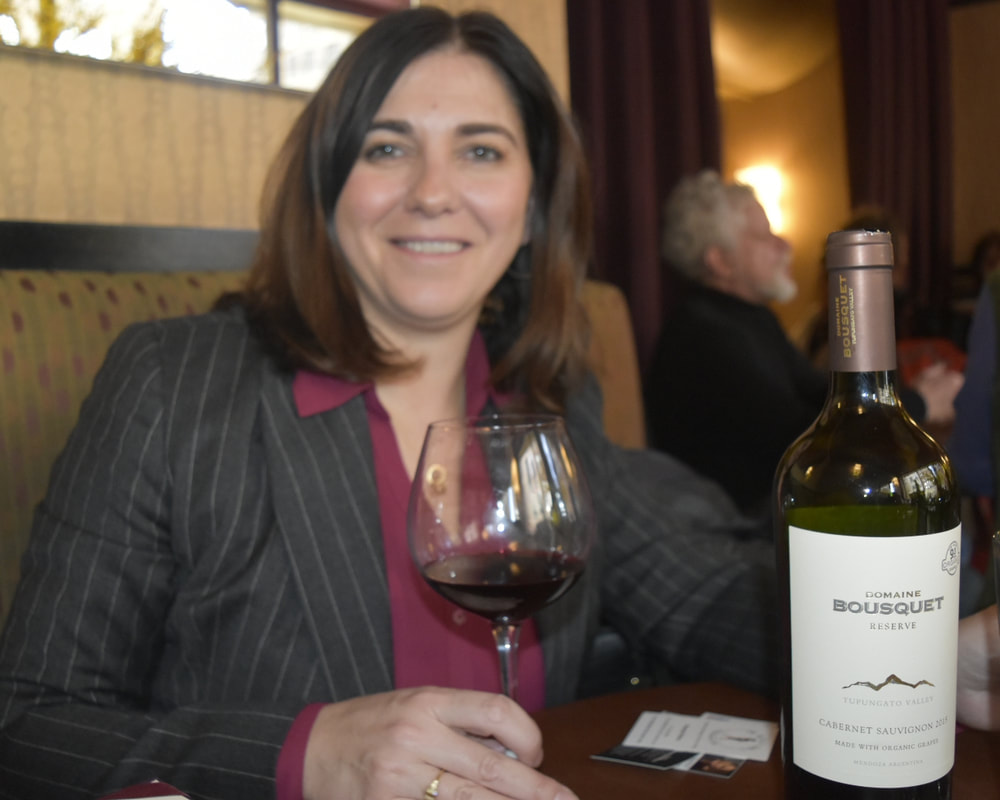
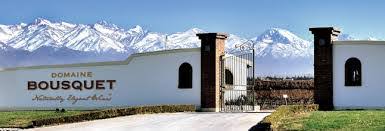
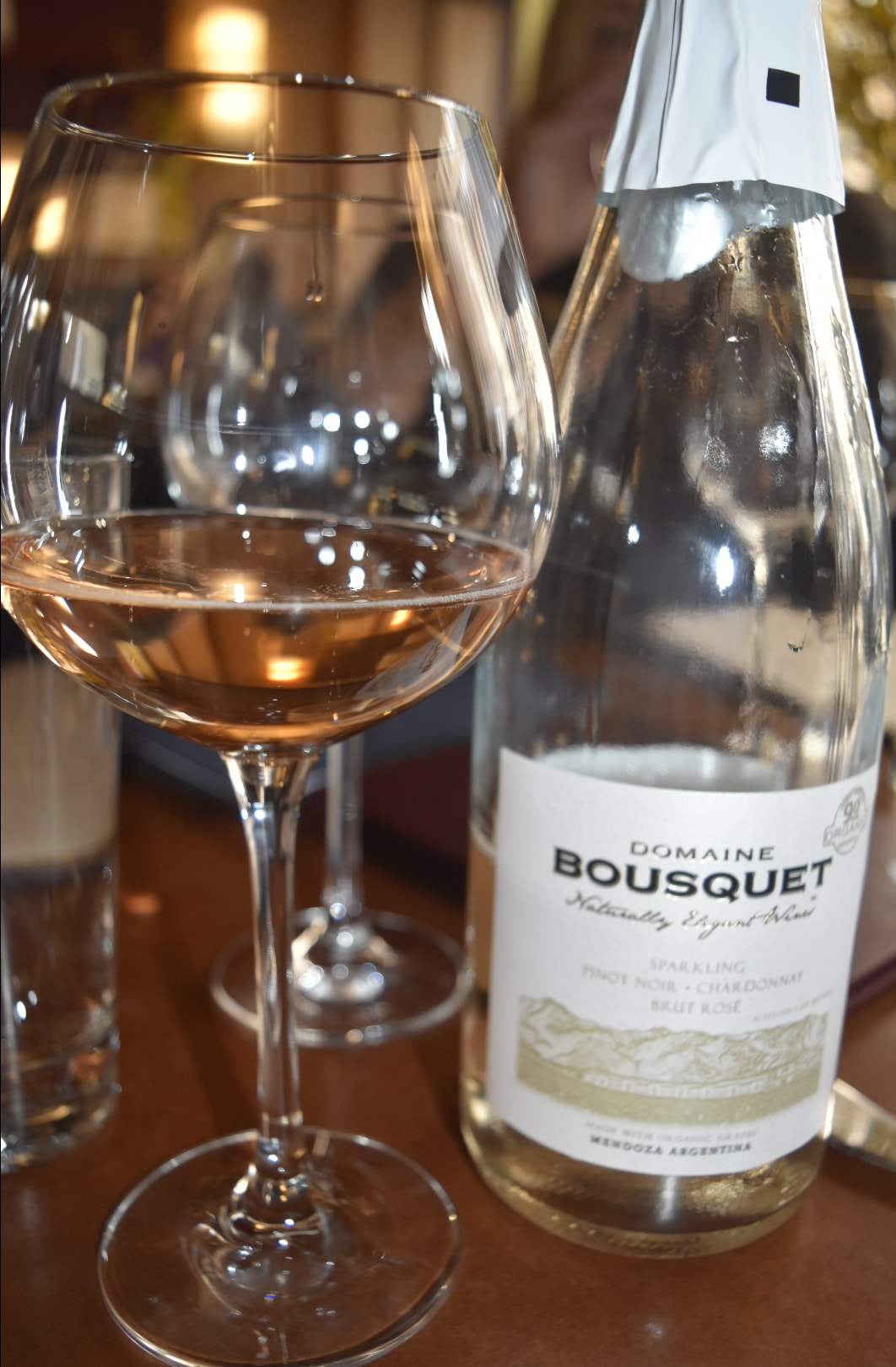
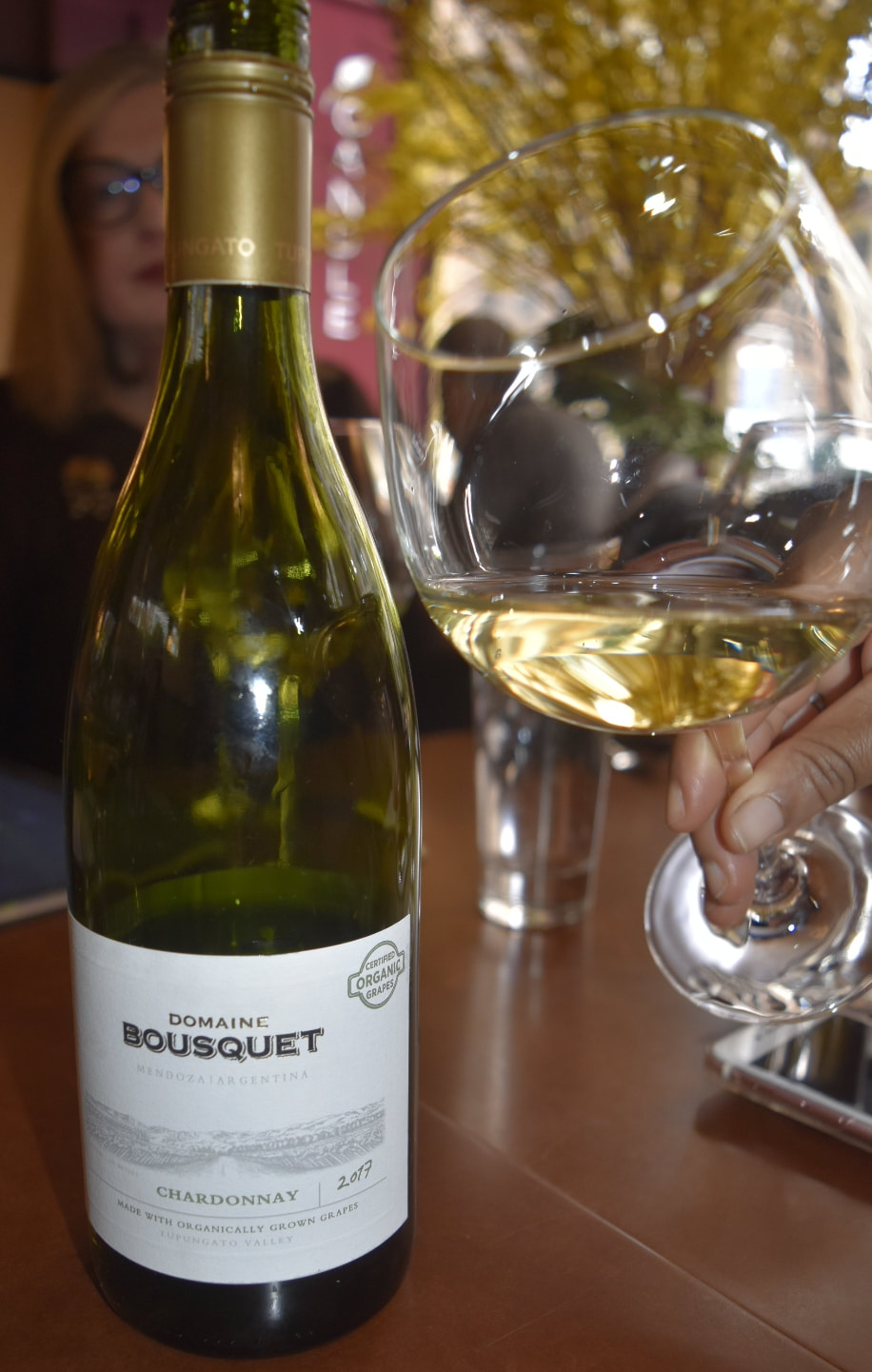
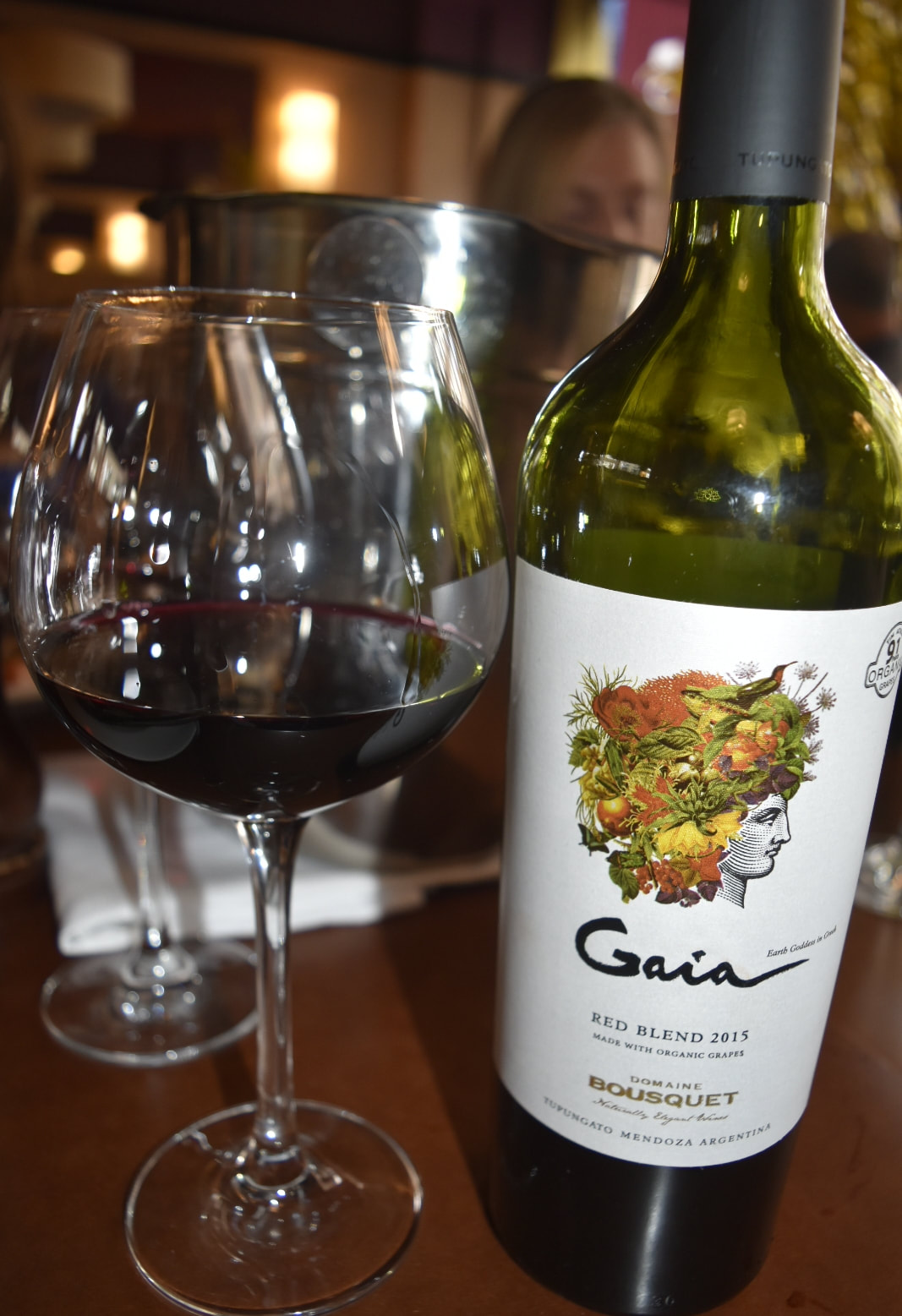
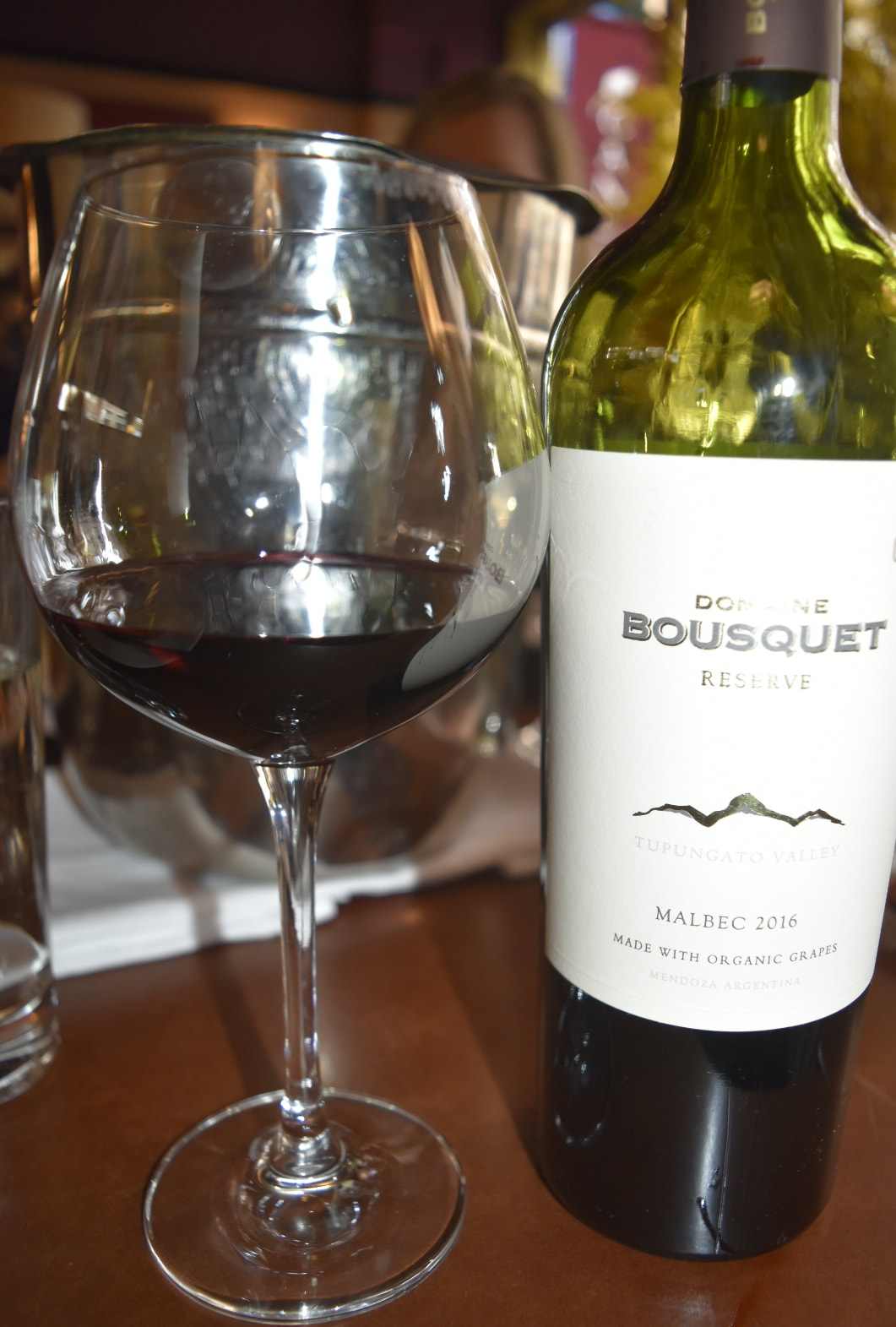
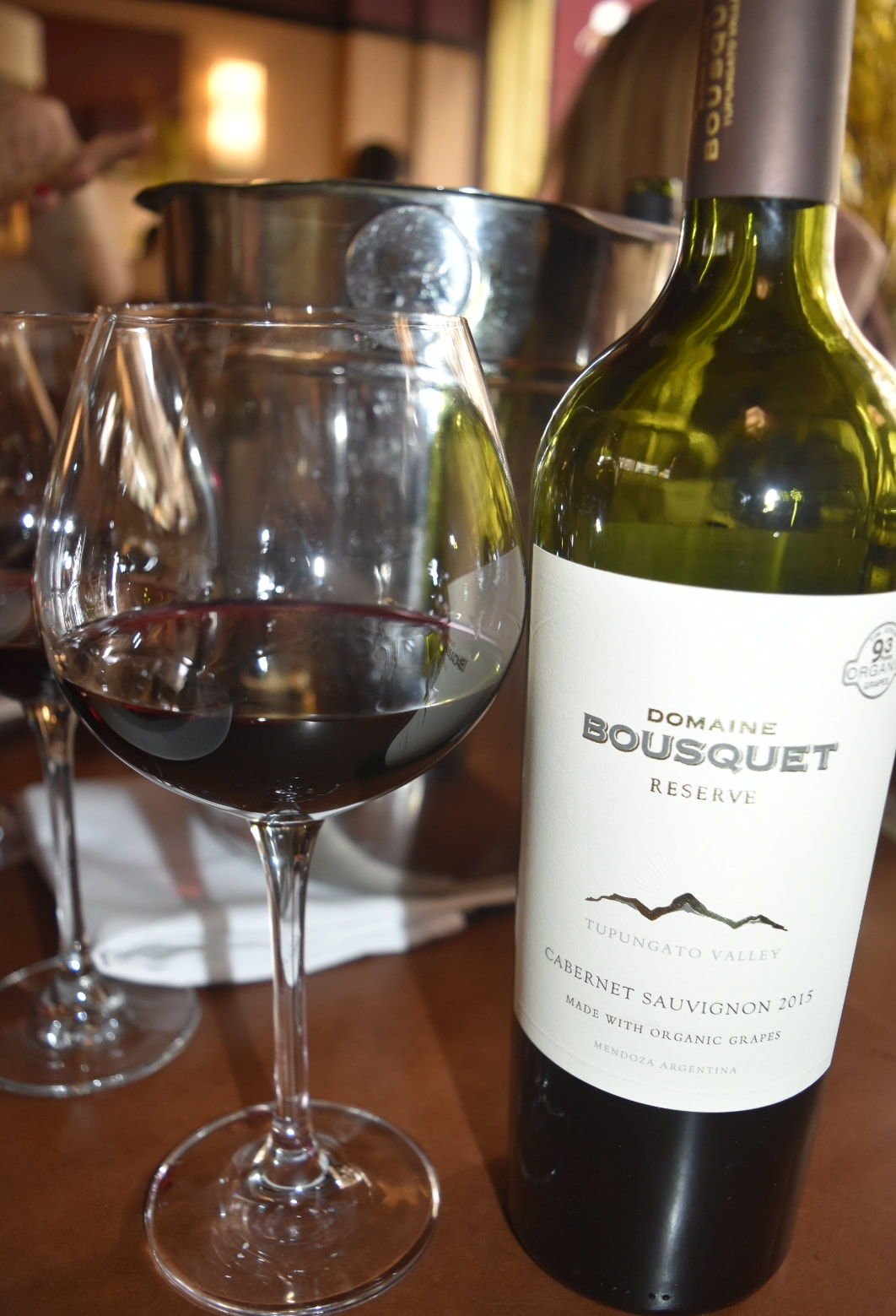
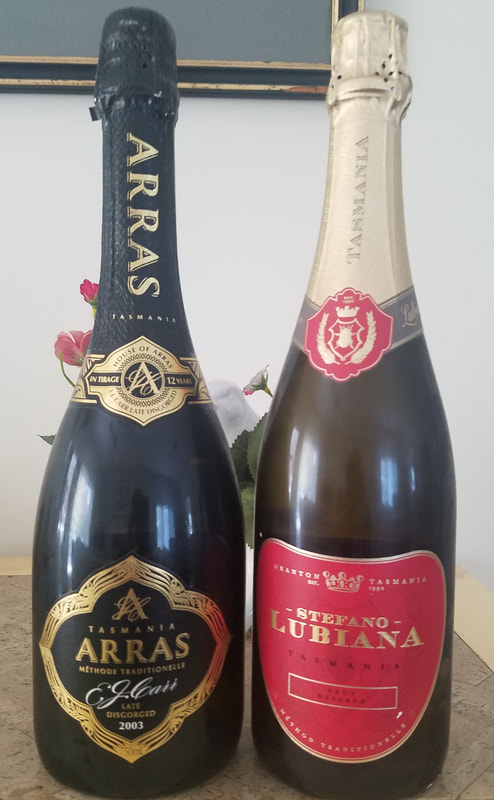
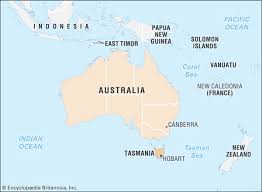
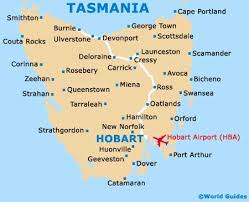
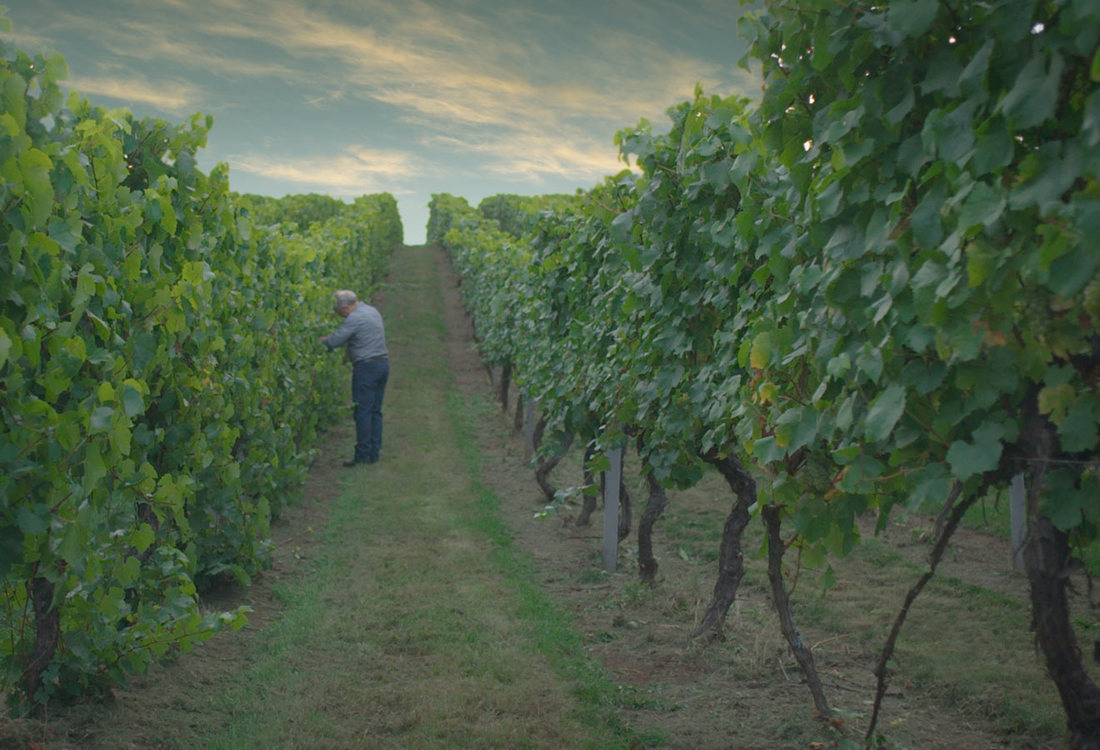
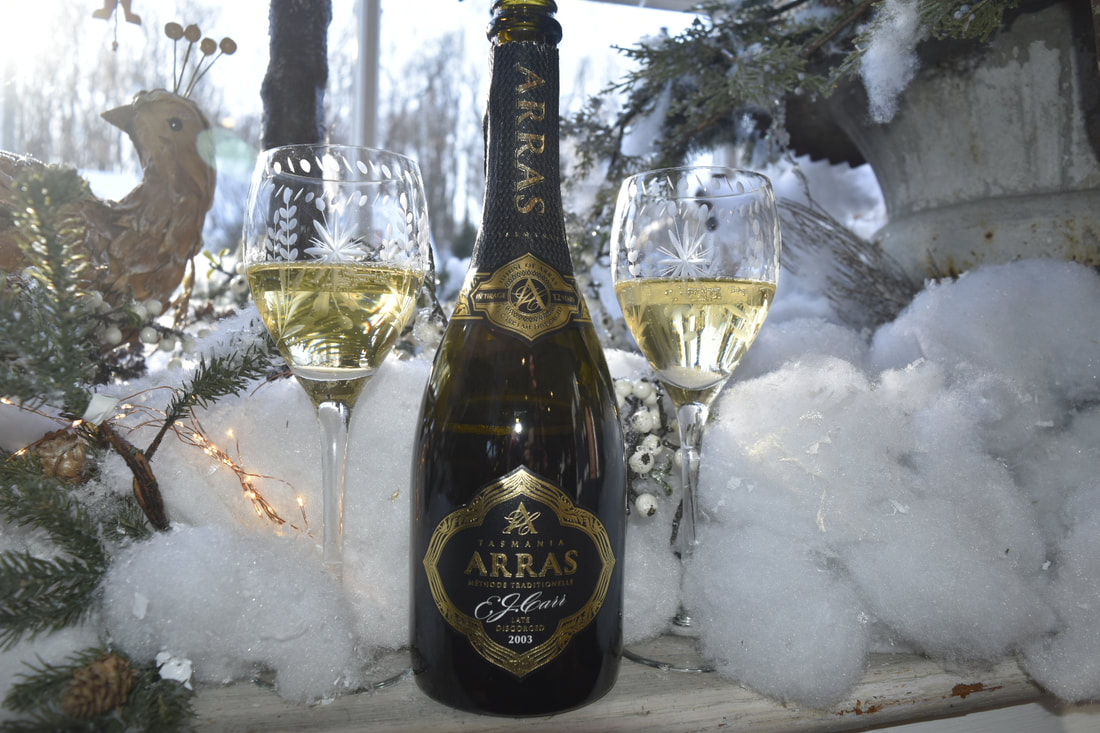
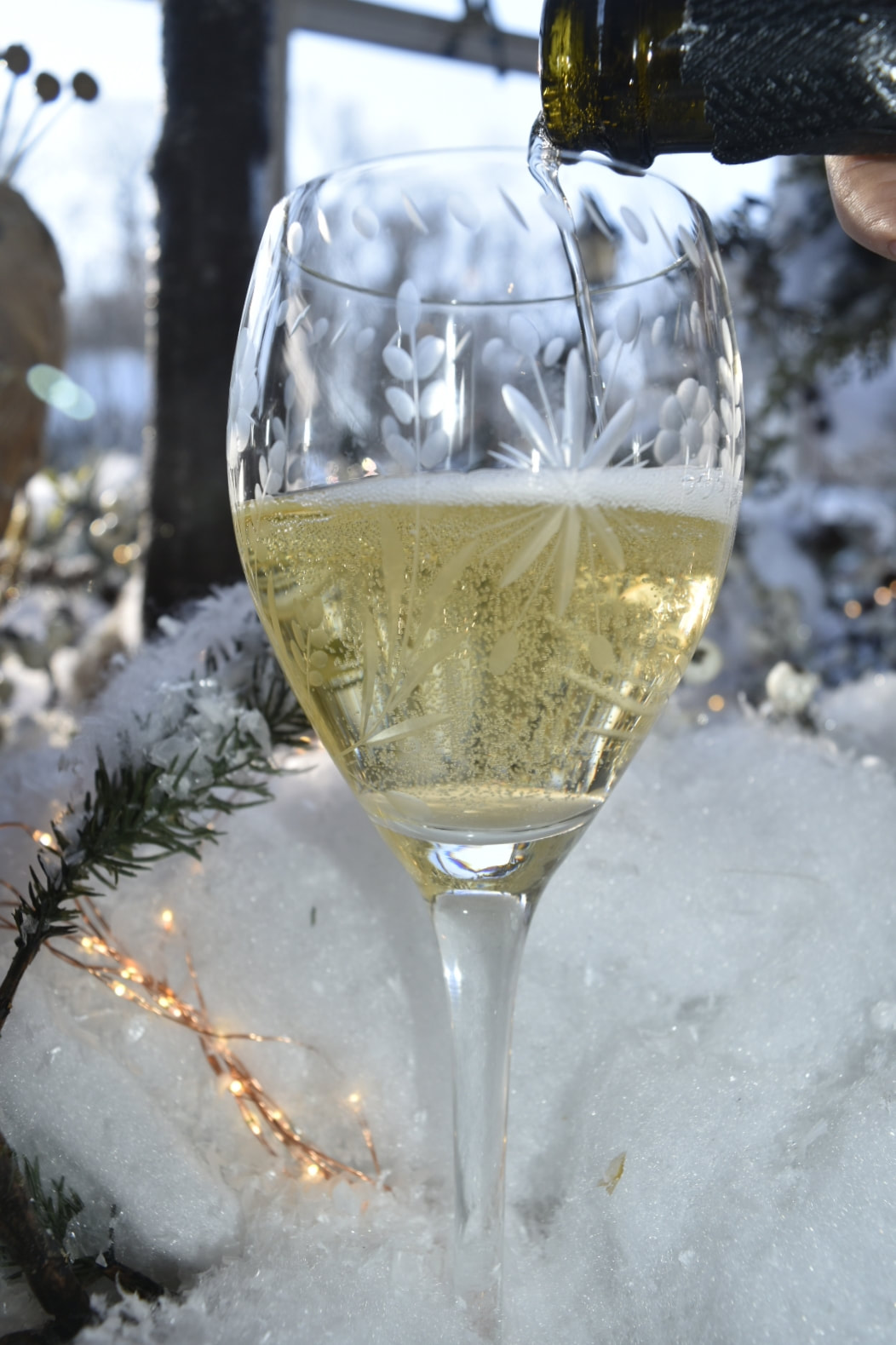
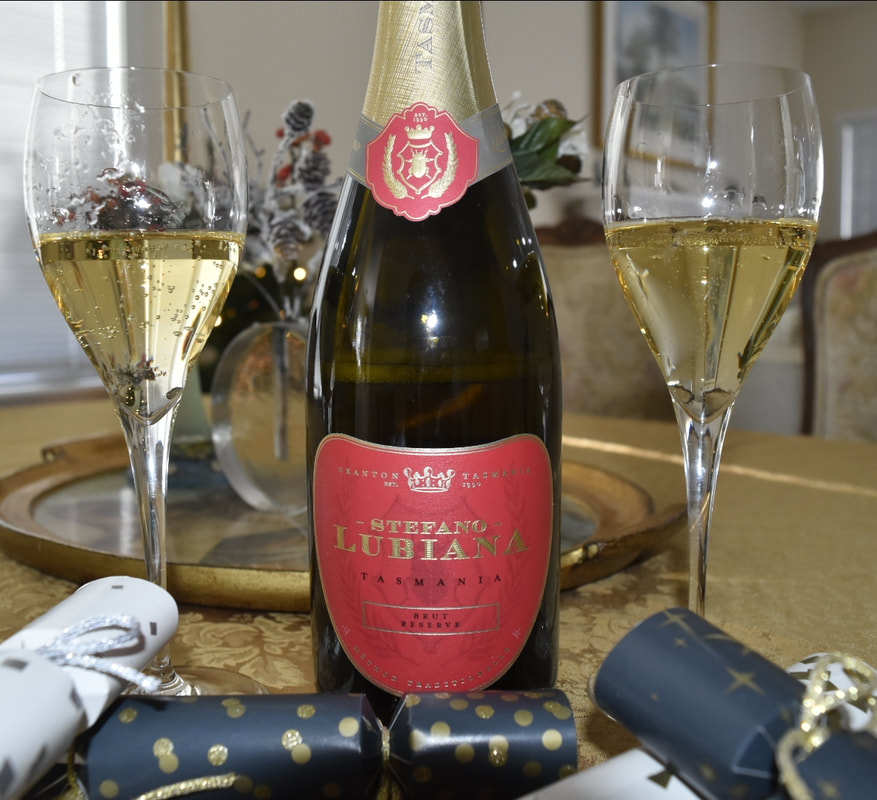

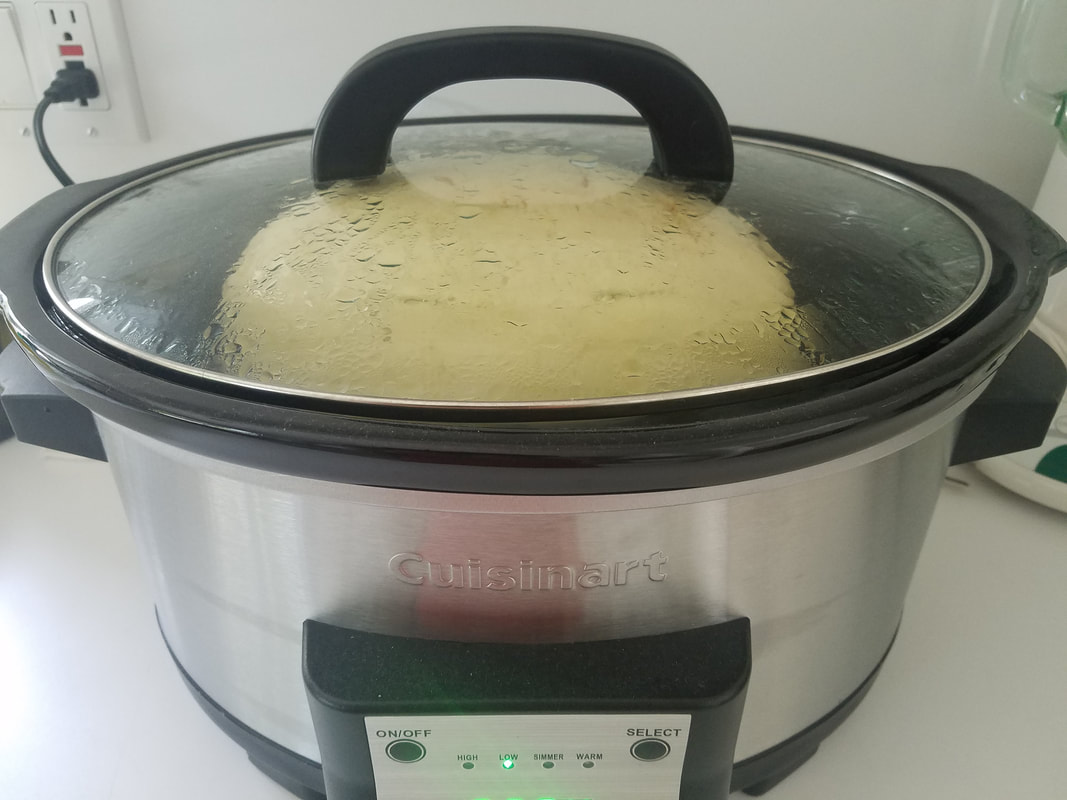

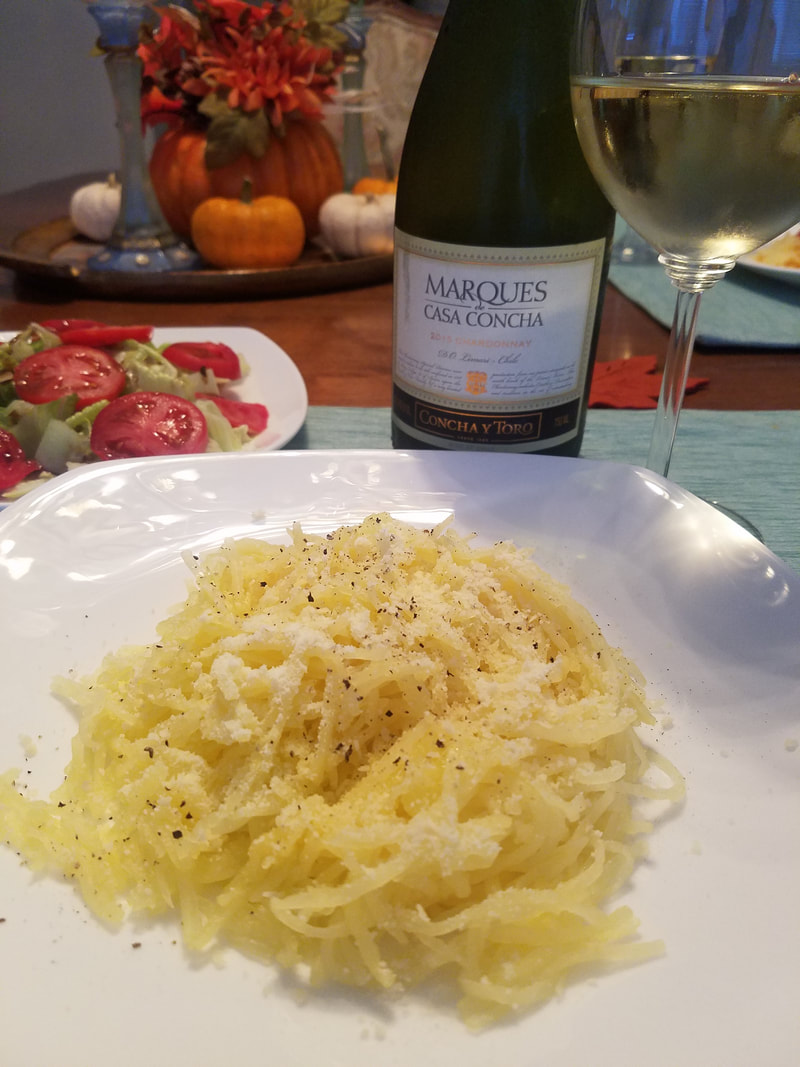
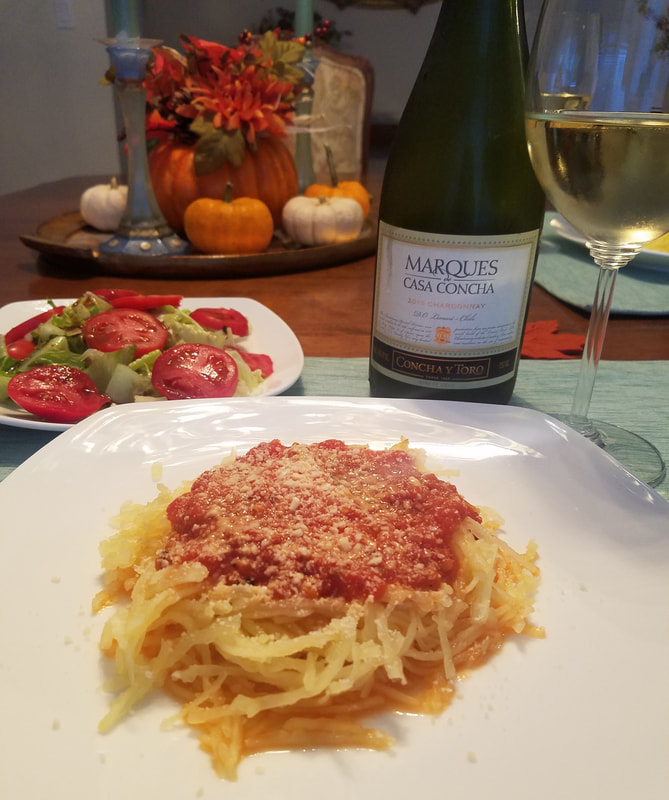
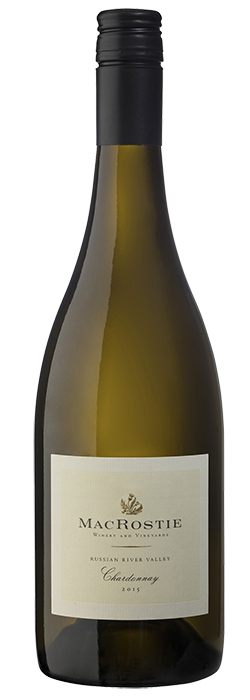
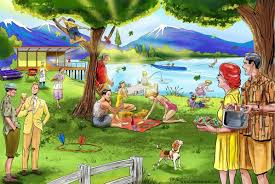
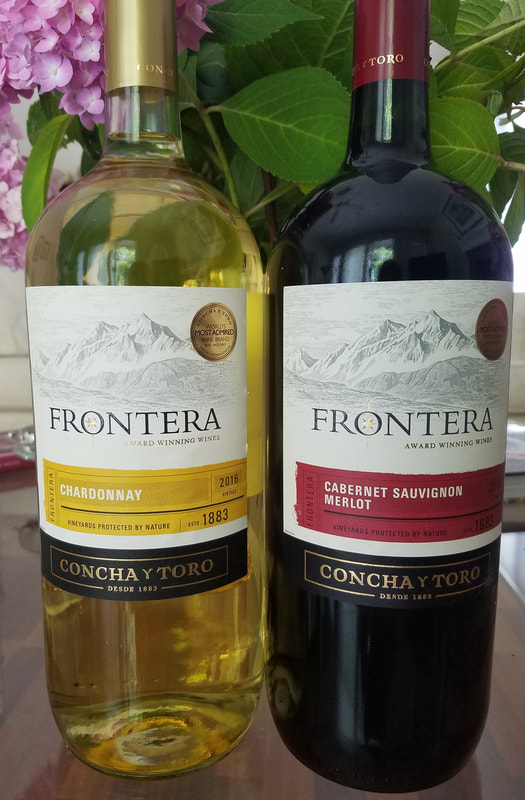
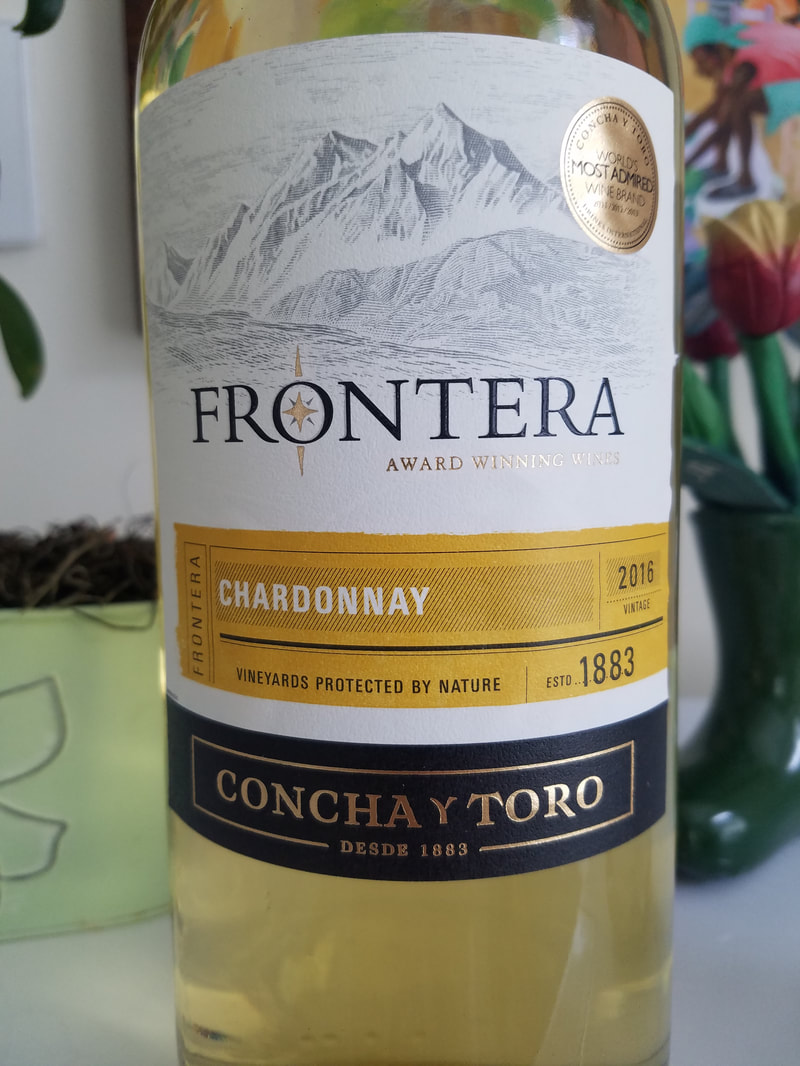
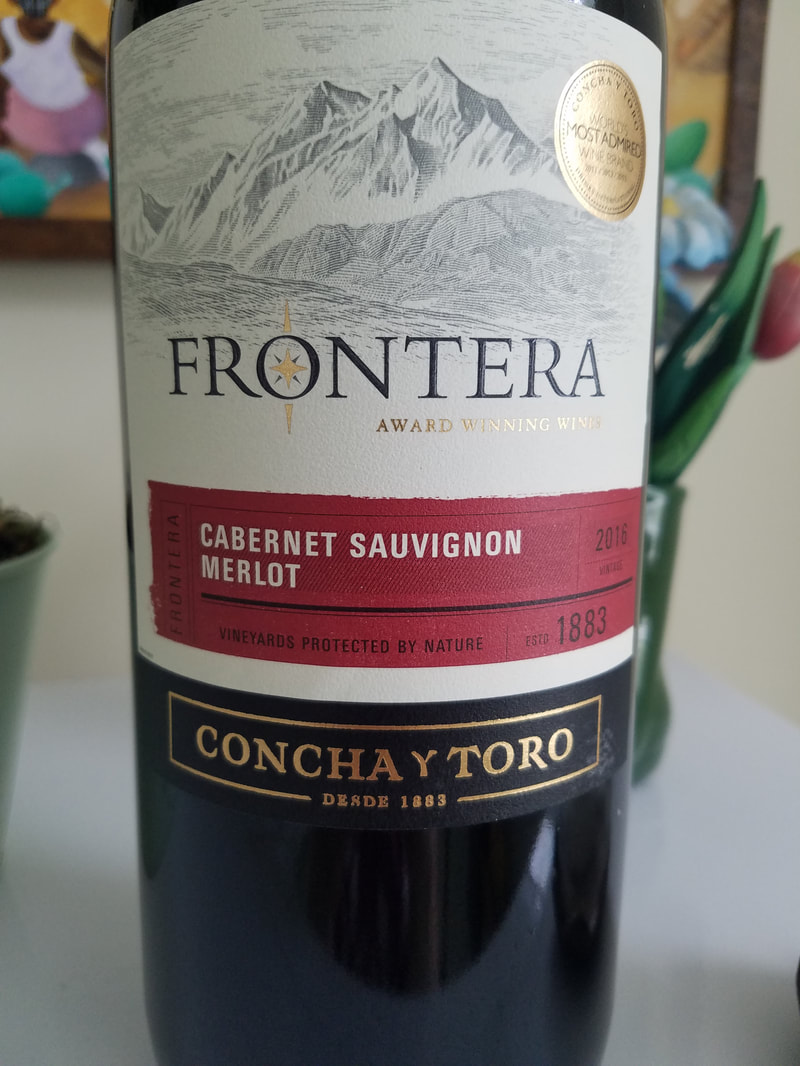
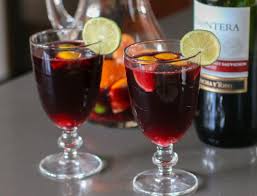
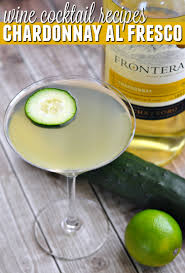

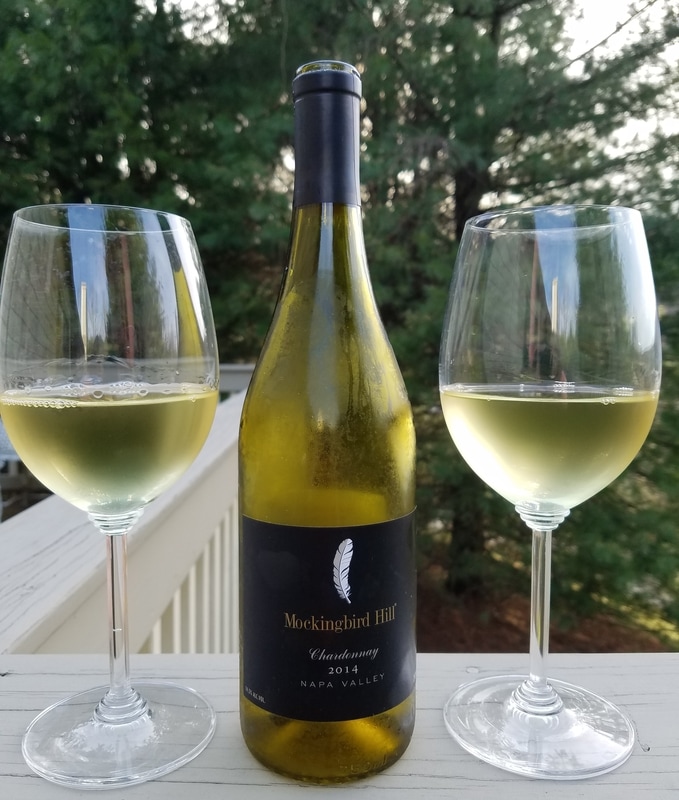
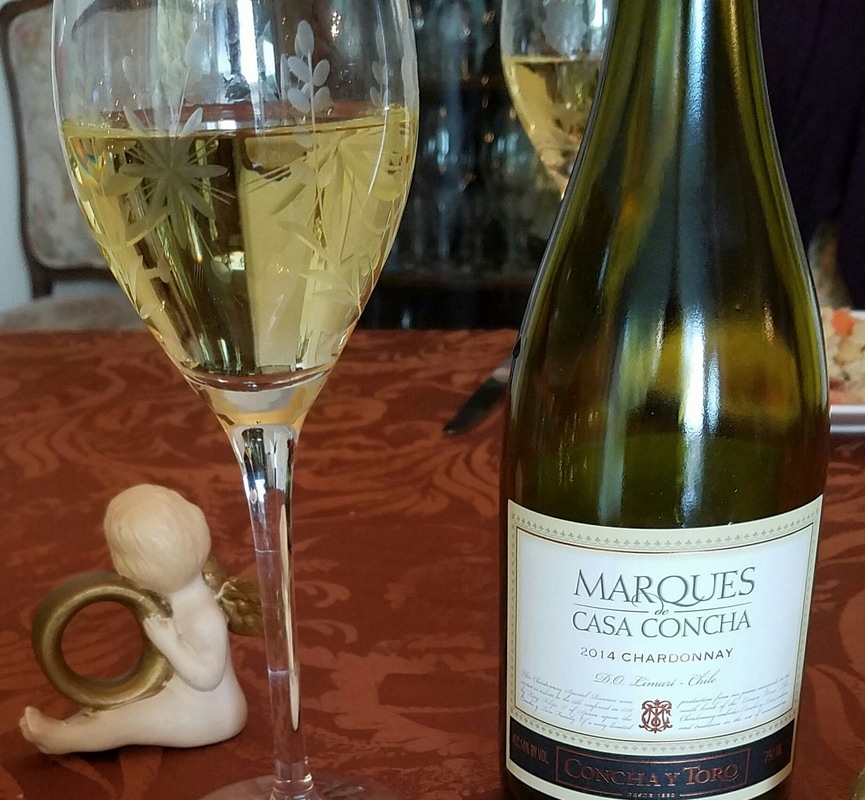
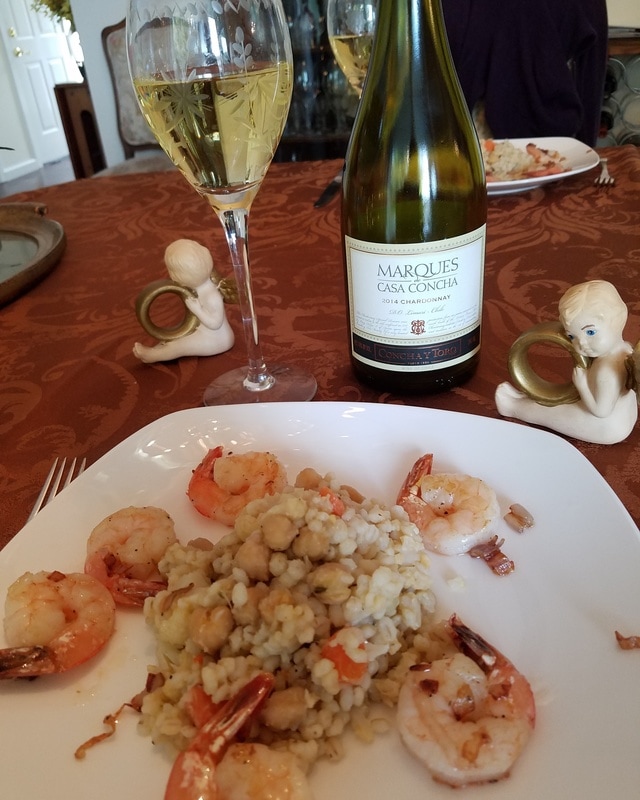
 RSS Feed
RSS Feed